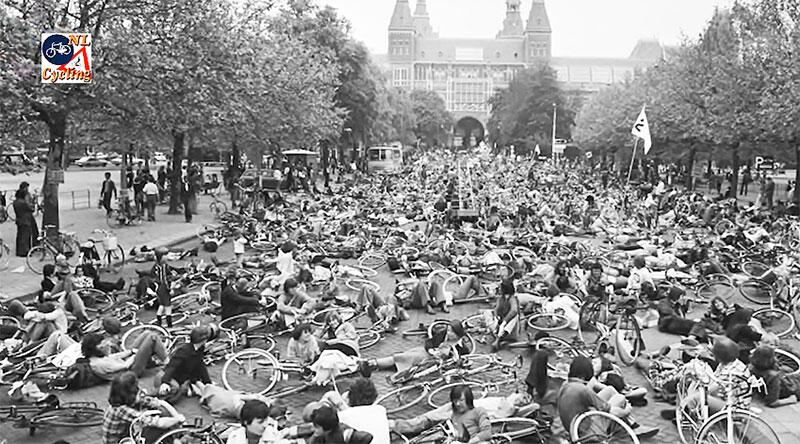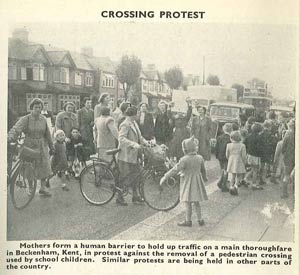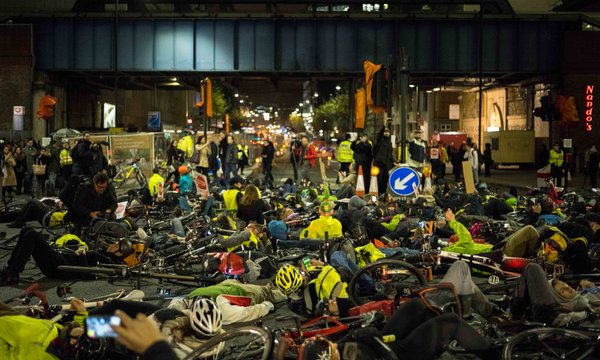
Non-violent Direct Action
If the democratic process is failing and there is some kind of misconduct or malpractice e.g.
- information is being withheld
- false information is being provided
- there is no genuine consultation
- human rights are not being respected
- decisions are not based on evidence
Examples of direct action being used to fight for justice
1. How the Dutch got their cycle paths
A mass die-in outside the Amsterdams Rijksmuseum in the 70's:

See full video at https://www.youtube.com/watch?v=XuBdf9jYj7o explaining how the excellent Dutch cycle network was won by confronting the decision-makers who were prioritising car travel over child safety.
2. Crossing protest
Mothers form a human barrier to hold up traffic in Beckenham, Kent in protest against the removal of a pedestrian crossing used by school children.

3. #NoMoreCoffins demonstrations in London
Regular "Die-ins" are held in London to fight for a fair share of road space for cyclists. The vigourous campaigning style has been credited with changing the culture of transport planning in London, with many segregated cycle tracks and cycle superhighways now being built.

4. Kinder Scout and other mass trespasses
The north of England has a proud history of people fighting for access rights such as

References
| [1] | Direct action for social justice (2012) Peter Tatchell http://www.campaigncentral.org.uk/opinion/direct-action-social-justice |
| [2] | Mass trespass on Latrigg recalled (2015) http://www.cwherald.com/a/archive/mass-trespass-on-latrigg-recalled.440708.html |
| [3] | Kinder trespass: Spirit of Kinder http://kindertrespass.com |
